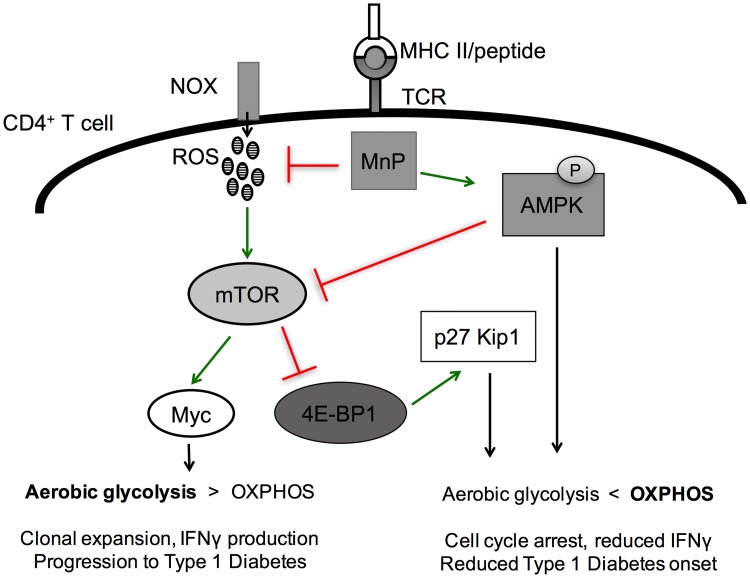Fig 7. Mechanism for the effect of ROS inhibition on CD4+ T cells during activation-induced metabolic reprogramming.
Upon T cell receptor–MHC interaction, ROS are generated by a functional NOX expressed by T cells. These ROS serve as signaling molecules to help propagate mTOR signaling resulting in Myc upregulation and progression to aerobic glycolysis. Treatment with the ROS-scavenging and potent antioxidant results in inhibition of ROS and maintains potent AMPK activation; thereby, inhibiting mTOR via a two-pronged approach, stabilizing OXPHOS, and limiting T cell proliferation.

